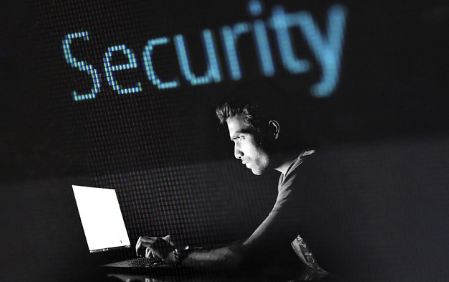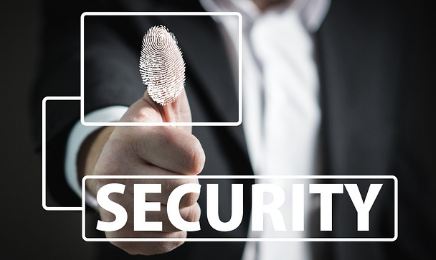The responsibilities of an ethical hacker in an organization typically include:

- Vulnerability Assessment:
- Utilize scanning tools to identify and catalog vulnerabilities in systems and networks.
- Prioritize vulnerabilities based on their severity and potential impact.
- Keep an up-to-date inventory of identified vulnerabilities for continuous monitoring and management.
- Penetration Testing:
- Conduct in-depth penetration tests, simulating real-world attack scenarios.
- Attempt to exploit vulnerabilities in a controlled environment to understand potential risks.
- Provide detailed reports on successful and unsuccessful attack vectors.
- Security Audits:
- Perform thorough audits of an organization’s security infrastructure, policies, and procedures.
- Ensure that security controls are aligned with industry standards and regulatory requirements.
- Identify areas where the organization may be non-compliant and recommend corrective actions.
- Risk Analysis:
- Evaluate the potential impact and likelihood of exploitation of identified vulnerabilities.
- Help organizations understand the business risks associated with their security posture.
- Provide insights to management for informed decision-making on risk mitigation.
- Security Patching:
- Collaborate with IT teams to implement security patches in a timely manner.
- Ensure that patches are tested and applied without causing system disruptions.
- Monitor for new patches and updates on an ongoing basis.
- Security Awareness:

- Develop and deliver security awareness training programs for employees.
- Raise awareness about common threats like phishing, social engineering, and safe online behavior.
- Foster a culture of security-consciousness among staff.
- Incident Response:
- Participate in the investigation of security incidents and breaches.
- Analyze the root causes of incidents to prevent recurrence.
- Assist in developing incident response plans and strategies.
- Policy Development:
- Collaborate with legal and compliance teams to draft security policies and procedures.
- Ensure that security policies are regularly reviewed and updated to adapt to evolving threats.
- Enforce policy compliance within the organization.
- Security Tools and Technologies:
- Evaluate and recommend security tools such as firewalls, intrusion detection systems, and encryption solutions.
- Implement and configure security technologies to protect the organization’s assets.
- Monitor the effectiveness of these tools and make adjustments as needed.
- Reporting:
- Create detailed reports on findings, vulnerabilities, and recommended improvements.
- Provide clear and actionable recommendations for mitigating risks.
- Communicate findings to management and stakeholders in a comprehensible manner.
- Collaboration:
- Work closely with IT and security teams to implement recommended security measures.
- Assist in the remediation of identified vulnerabilities and weaknesses.
- Foster collaboration and knowledge-sharing across different departments.
- Legal and Ethical Compliance:
- Ensure that all testing activities adhere to legal and ethical guidelines.
- Obtain proper permissions and authorizations for security assessments.
- Uphold the organization’s ethical standards and policies.
- Continuous Learning:
- Stay current with the latest cybersecurity threats, vulnerabilities, and attack techniques.
- Engage in ongoing training and certifications to enhance skills and knowledge.
- Participate in security communities and forums to exchange insights and best practices.
- Documentation:
- Maintain comprehensive records of all security assessments, actions taken, and results.
- Use documentation for compliance, audits, and reference purposes.
- Keep records well-organized and accessible to authorized personnel.
- Communication:
- Clearly convey the importance of security to both technical and non-technical stakeholders.
- Translate technical findings into business impact and risk assessments.
- Collaborate effectively to ensure that security recommendations are understood and implemented.
These expanded details provide a more comprehensive understanding of the responsibilities of an ethical hacker within an organization.
![]()